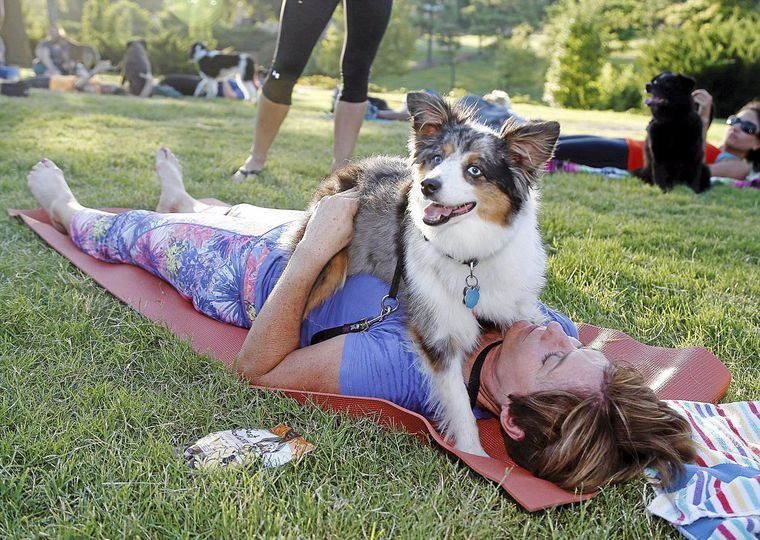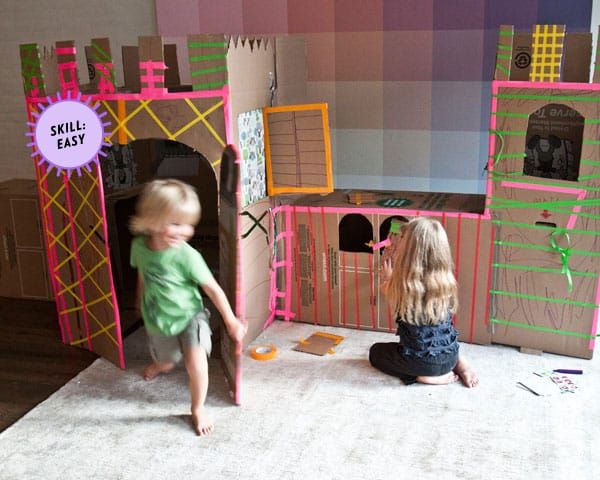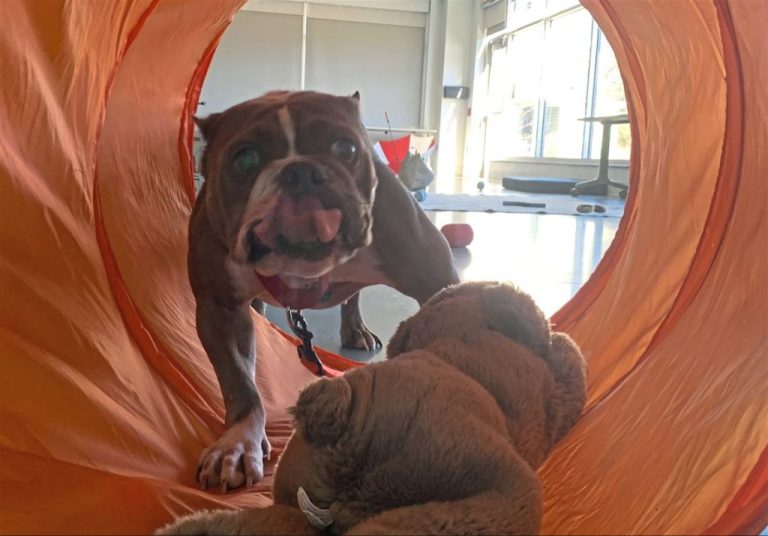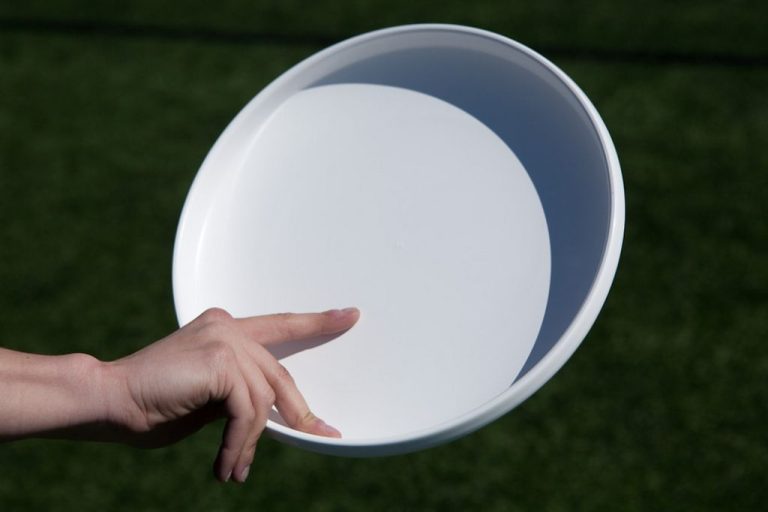Outdoor Yoga: Zen Time With Your Pup
Doing yoga with your dog, also known as doga, is a fun way to bond with your pup while getting in some exercise. Doga provides many benefits for both you and your furry friend. Some of the main advantages of practicing yoga together include strengthening your relationship, improving your dog’s flexibility and posture, calming high-energy dogs, and boosting the mood for both human and canine.
As Mahny Djahanguiri discusses in her book Doga: Yoga for You and Your Dog, doga helps create a deeper connection through the shared experience of yoga. The synchronized flowing movements promote trust and affection. Additionally, the physical yoga positions enhance your dog’s strength, balance, and agility. Their muscle tone and joint health improve with regular practice. For energetic pups who have difficulty settling, the calm nature of yoga helps relax both mind and body.
Ultimately, doing yoga with your loyal companion allows you to spend quality time together focused on wellness. The shared activity brings you closer while also providing mental and physical benefits for you both.
Getting Started
When getting started with outdoor yoga with your dog, the first thing to consider is choosing an appropriate location. Look for a quiet, grassy area free of distractions where you can safely move through yoga poses (source). Bring a yoga mat so you have a designated space for your own practice. Also be sure to bring along healthy treats and a collapsible water bowl to reward and hydrate your pup.
Dog Yoga Poses
When doing yoga with your dog, there are some classic poses you’ll want to try. Three great starter poses are Downward Facing Dog, Upward Facing Dog, and Puppy Pose.
Downward Facing Dog (source) is one of the most common yoga poses. To get into Downward Facing Dog, have your dog start in a standing position. Then instruct them to lift their hips up and back, presses their front legs straight, and lift their sit bones up and back. This inverted V shape stretches the entire back of their body.
Upward Facing Dog (source) is the opposite of Downward Facing Dog. Have your dog start lying on their belly with legs extended back. Then instruct them to lift their chest up into a small backbend, keeping their hips pressed down. This pose opens up the abdomen and chest.
Puppy Pose (source) is a great hip and chest opener. From all fours, have your dog walk their hands forward and melt their chest down toward the floor while keeping their hips lifted up. Their back will be arched. This stretch feels amazing!
Modifications
When practicing yoga with your dog, it’s important to modify poses based on your dog’s size, age, ability, and comfort level. Small dogs may need more support in balancing postures. Older dogs or those with mobility issues will need gentler stretches and poses. And rambunctious puppies may need more active poses to burn energy.
For smaller dogs, provide more support during standing postures by placing them on a block or step. This will help them stay balanced and aligned. You can also cradle them in your lap for gentle seated stretches instead of having them sit independently.
Go slowly with senior or less mobile dogs. Avoid putting too much pressure on their joints with deep stretches. Simple chest openers and neck rolls are gentler alternatives. And opt for laying down poses to start if standing is challenging for them.
With energetic puppies or large breeds, choose active poses like Downward Facing Dog to get their wiggles out. You can also do Sun Salutations together flowing between standing and laying down postures. Just be sure to give them breaks and plenty of praise throughout.
Ultimately, listen to your dog’s signals. If they resist a pose or seem uncomfortable, come out of it immediately. Yoga should be a positive experience for you both. Adjust as needed and, when in doubt, err on the side of caution with modifications.
For more tips, check out this guide on adapting yoga for dogs: [insert one of the approved sources citations here following proper rich text formatting]
Building the Bond
Doga (dog yoga) can be a wonderful way to strengthen the bond with your pup. The experience of practicing gentle yoga poses and meditations together will deepen your connection and trust with your dog. When you take the time to move and breathe with your dog, they feel safe and cared for.

As you allow your dog to be still and relaxed with Doga, they learn to trust you more and be vulnerable in your presence. The shared calm during Doga allows you both to be fully present with each other. You’ll likely find your dog looks forward to this special bonding time together.
Studies show that when dogs feel an emotional connection and spend quality time with their owner, it reduces their stress levels and leads to positive behavior changes 1. The one-on-one attention and gentle touch of Doga strengthens attachment between you and your dog.
Staying Safe
When practicing yoga with your dog, it’s important to keep safety in mind. According to The Benefits and Risks of Practicing Doga, you’ll want to be mindful of heat, hydration, and not overdoing it.
Make sure not to exercise your dog in extreme heat or cold, as their bodies can overheat or get frostbite more quickly than humans. Provide plenty of fresh water before, during, and after your session. Take breaks and watch for signs of fatigue or overexertion.
As noted in Doga 101: Benefits and Precautions of Doing Yoga with Dogs, don’t push your dog too far into any poses. Let them move at their own pace and come out of a pose if they seem uncomfortable. Start with short, gentle sessions and slowly increase based on your dog’s fitness and enjoyment.
With mindfulness of temperature, hydration, and your dog’s limits, you can safely enjoy the bonding benefits of doga together.
Final Relaxation
Savasana, also known as final relaxation, is an important part of every yoga practice. Savasana allows your body and mind to integrate the benefits of your yoga poses. When doing Savasana with your dog, make sure you are both in a comfortable position on your backs with plenty of space between you.
To get into Savasana, gently guide your dog to lie down on their side. You can use a treat to encourage them to settle if needed. Once they are settled, lie down a few feet away in your own space. Close your eyes and let your body sink into the floor. Soften your gaze or close your eyes if your dog is comfortable with this. Focus on deep belly breaths to invite complete relaxation. Savasana typically lasts 5-10 minutes.
The key is for you both to fully surrender and find stillness. Avoid interacting or touching your dog during this time so you can each reap the full benefits. Savasana will leave you both feeling calm, refreshed and deeply bonded. According to Yoga Journal, a regular Savasana practice can lower blood pressure, reduce fatigue and anxiety, and improve circulation.
Everyday Integration
Doing yoga with your dog throughout the day in short spurts creates and cements the bond you forged in that first full yoga session. It also keeps yourself and your pup limber, centered, and relaxed.
One of the reasons yoga and mindfulness practices are so potent is that they allow you to drop in at any moment. You don’t have to wait until you have an hour free or get up early. Even 30-60 seconds of practice can shift your physiology and state of being. Extend this gift to your dog as often as you can.
Try sprinkling in quick Doga sessions while you’re cooking, in between meetings, during TV commercials, or whenever you notice tension arising. Even simple exercises like Downward Facing Dog, Heart to Hound Mudra, or Puppy Paw Mudra done for a minute or two keep that heart-to-heart connection flowing. Your pup will start looking forward to these intermittent love breaks.
You’ll also reinforce calm, focused behavior as the new normal. With practice, your dog can learn to settle into stillness and meditation easily, accessing a relaxation response similar to yoga nidra restorative states in humans. In this way, Doga gives both owner and pup tools to find zen anytime.
Troubleshooting
Overly excited or distracted dogs can be challenging when trying to practice yoga. Here are some tips for keeping your dog calm and focused:
Before starting, take your dog for a long walk or do some other vigorous exercise to take the edge off their energy. You want them pleasantly tired, not wound up. Consider practicing yoga in the morning or evening when your dog is naturally more mellow.
Work on basic obedience commands like “sit,” “down,” and “stay” during shorter yoga sessions first. Reward and praise your dog for obeying. This will build their impulse control. Gradually work up to longer sessions with fewer treats and rewards.
If your dog struggles with staying in place, try tethering them to something sturdy using a long leash or yoga tie-out. This lets them lie nearby without running around. Don’t leave them alone or pull too tightly.
Use an engaging chew toy to occupy their mouth and mind while you move through poses. Frozen Kongs or bully sticks work well. Rotate special high-value treats to keep it interesting.
Speak in a calm, soothing voice to create a relaxing ambiance. Some light aromatherapy like lavender or chamomile can also help chill out an excited pup.
Take breaks to reconnect and do some quick training repetitions if needed. Even just petting or massaging your dog for a few minutes can recalibrate their energy.
Stay patient and keep sessions short. Don’t scold or discipline excess energy. With consistency over time, yoga can become a special bonding routine you both look forward to.
Conclusion
In conclusion, practicing yoga with your dog can provide many excellent benefits.
By taking the time to gently move and stretch together, you can boost your dog’s
physical health, mental stimulation, and overall wellbeing. Their improved strength,
balance, flexibility and confidence from dog yoga can enhance quality of life. The shared
experience also deepens your human-canine bond and trust. With the right preparation
and modifications, dog yoga can be safe and accessible for pups of different sizes, breeds,
and ages. Start slowly, be attentive to your dog’s needs, and make each session positive
and relaxing. Dog yoga allows you to combine fitness with rewarding time together. With
patience and creativity, the poses can become an enriching new part of your relationship.





